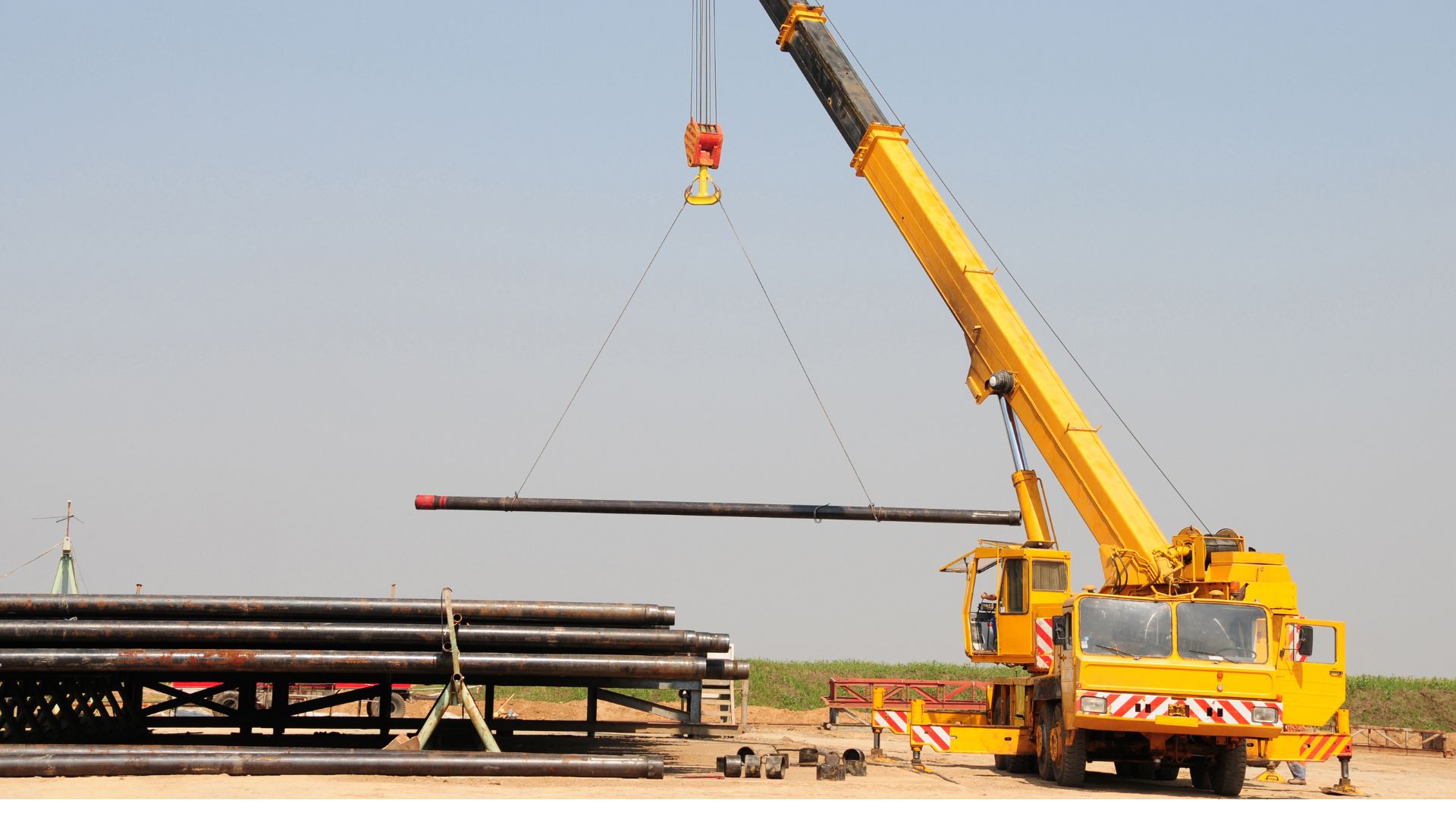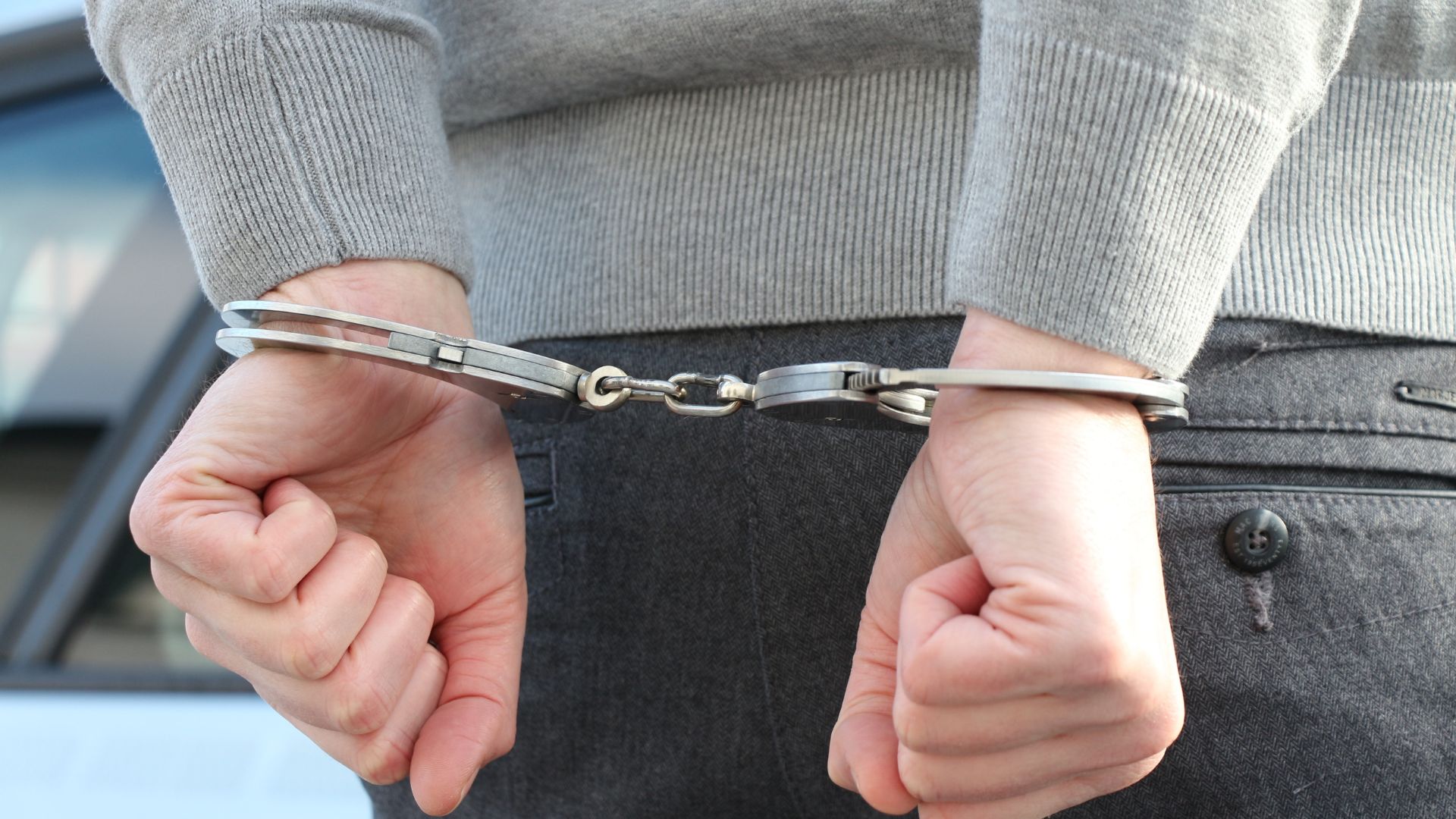The Cost of Negligence: Who’s Liable in Crane and Lift Accidents?


When a Night Out Turns Into a Criminal Case: Bar Fights, Disturbances, and Defense

Prescription Drugs and Criminal Charges: When Legal Meds Become Legal Trouble

Charged, But Not Convicted: Why Your Defense Starts Before Court

Felony Charges in Texas: What You’re Really Up Against

Marijuana in Texas: What’s Actually Legal Now?
Cranes and lifts are crucial to the construction and industrial sectors, but when safety protocols are ignored, the consequences can be devastating. Every year, workers suffer severe injuries or even fatalities due to crane collapses, falling loads, or mechanical failures. The question that often arises after these incidents is—who is responsible? Determining liability in crane and lift accidents can be complex, as multiple parties may share fault, including employers, contractors, equipment manufacturers, and property owners.
At The Low Law Firm in Abilene, Texas, we represent injured workers and their families in personal injury cases stemming from crane and lift accidents. Understanding liability is key to ensuring that victims receive the compensation they deserve. This blog will explore the legal responsibilities of various parties, the most common causes of negligence, and the legal options available to injured workers.
The Scale of the Problem: Crane and Lift Accidents in the U.S.
Crane-related accidents remain a serious issue in the construction industry. Between 2011 and 2017, there were 297 reported crane-related fatalities in the United States, with Texas leading in the number of fatal accidents (Source: https://www.bls.gov). The leading causes of crane and lift accidents include falls, electrocutions, and equipment collapses due to overloading or mechanical failure.
Determining liability in these cases is crucial, as medical expenses, lost wages, and long-term rehabilitation costs can be overwhelming for victims and their families.
Who is Liable for Crane and Lift Accidents?
Several parties may be held responsible for injuries sustained in crane and lift accidents. Liability depends on the cause of the accident and whether negligence played a role in the incident.
- Employers and Construction Companies
Employers have a legal responsibility to maintain a safe work environment. This includes ensuring that workers are properly trained, enforcing OSHA safety regulations, and maintaining equipment. If an employer cuts corners or ignores known hazards, they can be held liable for any resulting injuries (Source: https://www.osha.gov). - Contractors and Subcontractors
Many construction sites operate under multiple contractors and subcontractors, each with specific responsibilities. If a subcontractor fails to follow safety protocols, overloads a crane, or disregards site safety regulations, they may be held liable for injuries sustained on the job. - Crane and Lift Manufacturers
Equipment malfunctions are a leading cause of crane and lift accidents. If a manufacturer sells a defective crane or fails to include proper safety warnings, they may be responsible under product liability laws. Mechanical failures such as faulty brakes, defective hoist systems, or unstable counterweights can result in catastrophic accidents (Source: https://statutes.capitol.texas.gov). - Property Owners
If a crane or lift accident occurs due to unsafe worksite conditions, the property owner may be partially responsible. This could include unstable ground conditions, structural weaknesses, or hidden hazards that contribute to equipment failure. - Third-Party Maintenance Companies
Many construction companies rely on third-party maintenance providers to inspect and service cranes and lifts. If a maintenance company fails to detect or address mechanical defects, they may share liability for an accident caused by the malfunctioning equipment.
Common Causes of Negligence in Crane and Lift Accidents
Negligence plays a role in the vast majority of crane and lift accidents. Some of the most common examples include:
- Failure to Train Operators: Inadequate training increases the likelihood of operator errors, such as improper load balancing or failing to recognize safety hazards.
- Lack of Routine Inspections: OSHA requires regular equipment inspections to identify worn-out cables, hydraulic leaks, and other potential failures (Source: https://www.osha.gov).
- Ignoring Load Capacity Limits: Overloading cranes beyond their rated capacity is a frequent cause of structural collapses.
- Improper Setup and Positioning: Cranes must be placed on stable ground and secured correctly to avoid tipping.
- Unsafe Worksite Conditions: Poor weather conditions, unmarked hazards, and inadequate security measures can all contribute to crane and lift accidents.
When any of these forms of negligence occur, injured workers have the right to seek legal action.
Legal Options for Injured Workers
Workers injured in crane and lift accidents have several legal options for pursuing compensation, depending on the circumstances of the accident.
- Workers’ Compensation Claims
In Texas, workers’ compensation provides benefits for medical expenses and lost wages after a workplace injury. However, it does not cover non-economic damages such as pain and suffering. If an employer carries workers’ compensation insurance, employees may be limited in their ability to file a personal injury lawsuit against their employer (Source: https://www.tdi.texas.gov). - Personal Injury Lawsuits
If negligence by a third party—such as a contractor, equipment manufacturer, or property owner—played a role in the accident, injured workers may be able to file a personal injury lawsuit. Unlike workers’ compensation claims, personal injury lawsuits allow victims to recover full damages, including pain and suffering, future medical expenses, and emotional distress. - Product Liability Claims
If a crane or lift malfunctions due to a design flaw or manufacturing defect, victims may file a product liability claim against the manufacturer. These cases require proving that the defect directly caused the accident and that the equipment was being used as intended. - Wrongful Death Claims
In cases where a worker is killed in a crane or lift accident, the victim’s family may pursue a wrongful death lawsuit. This can help cover funeral costs, loss of income, and emotional suffering for surviving family members (Source: https://statutes.capitol.texas.gov).
Case Study: A Preventable Crane Collapse in Texas
In 2023, a crane collapse at a Texas construction site resulted in the death of two workers and severe injuries for several others. The investigation revealed that the accident occurred due to overloading and improper rigging by an unqualified subcontractor. Additionally, the crane had not been inspected in over six months, violating OSHA regulations.
The families of the victims filed multiple lawsuits against the construction company, the subcontractor, and the equipment rental company. The case ultimately resulted in a multi-million-dollar settlement, holding all negligent parties accountable (Source: https://www.cdc.gov).
This case highlights the importance of proper safety protocols and the legal avenues available to injured workers and their families.
How The Low Law Firm Can Help
At The Low Law Firm, we are dedicated to representing workers injured in crane and lift accidents. Our legal team, led by Tara Gilmore-Low, fights for the rights of injured workers, ensuring they receive the compensation they deserve.
We provide legal representation in:
- Workers’ compensation claims
- Personal injury lawsuits
- Product liability cases
- Wrongful death claims
We conduct thorough investigations, gather crucial evidence, and work with industry experts to build strong cases for our clients.
Advocating for a Safer Workplace
Crane and lift accidents are preventable when proper safety measures are followed. Employers, contractors, and manufacturers must prioritize worker safety to reduce the risks of serious injuries and fatalities.
If you or a loved one has been injured in a crane or lift accident, The Low Law Firm is here to help. Contact us today for a free consultation and let us fight for the justice you deserve.
